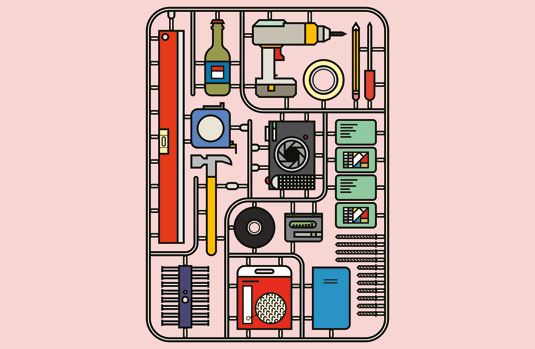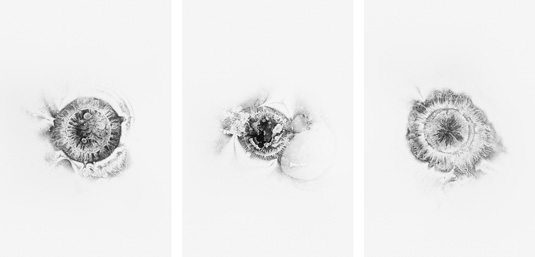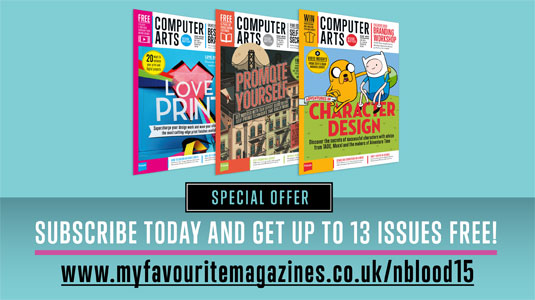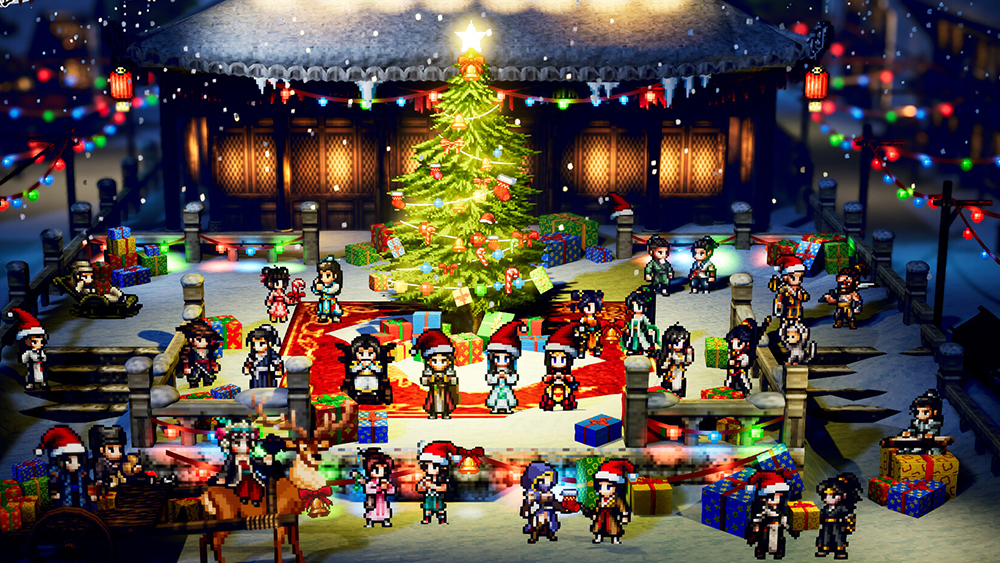Create the perfect exhibition in a week
Win your dream job or commission by putting on the perfect show - even when time isn't on your side.

Consider the logistics
"The way work is presented, framed and titled really speaks volumes about the person who put the show together," says Jon Cockley. "Agents are looking for illustrators who take pride in their work and are showing signs that they care about it and will present it in the best light possible."
Sarah Maycock says preparing for the Pick Me Up exhibition forced her to consider the logistics of framing work, producing and posting prints, "which has set me up for life. Lots of things went wrong and I wasted money and time on unsuitable things, but now I've built a strong network of go-to people."
Don't hang your work too high
That trusted team may include specialists such as printers, framers and art handlers. "All the things you probably weren't taught at university," says photographer Luke Evans. The biggest mistake, he says, is hanging work too high.
He recommends sticking to 'gallery height' – where the centre is mounted at 75 inches – and pack an exhibition survival kit. "There are always people asking for string, gaffer tape, tape measures and masking tape, so be sure to stock up on those."

Charlie Hood swears by Velcro, which can hold up to 10 kilos. "We've done complete shows with it before. A good drill is also important – I prefer ones that plug into the wall as it's annoying to run out of power." Also on Hood's must-have list: hammer, screws and a spirit level.
Leave business cards
Once you've got your display sorted, there's still plenty left to think about. "The thing people get wrong most? Not leaving a card," says Gavin Lucas. "When you're doing a show, you want people to take notice. If you're serious, then you need two things: a business card with your contact details and a website."
Sometimes students club together, form a collective and build a website, he notes. "That's a really powerful tool. At an exhibition, you look at work and ideas. The next thing you do is look people up online to see more of their work."
Daily design news, reviews, how-tos and more, as picked by the editors.
Make that a snappy, memorable web address, says Charlie Hood. He also recommends taking as many pictures of the event as possible. "It's always worth getting a professional in – don't just take low-resolution camera phone pictures."
"We're also pushing the boat out a bit by doing more with videographers at Beach London. For the Wilfrid Wood's Dogs show, for example, we did a Bring Your Own Dog drawing special and made a video where we had loads of dogs in the gallery."
Create a welcoming environment
Hood says visitor numbers tend to spike at around 7pm. "It's a running joke that our beer always runs out at 7.30pm, however many we get," he says. It's always worth providing food and drink – it improves the experience, and people won't be so quick to leave with a drink in their hand.
"Speak to local or small breweries," Hood suggests. "We do a lot with Camden Town Brewery because their founder really likes design and illustration."
Put yourself on show, too
Once you're ready to open, it's tempting to hide away and let the exhibition do the talking. But if junior designer Brinley Clark had done that, he wouldn't have landed his job at The Partners.
He met creative director Nick Clark at the New Designers show in London – he was showing a project based on a brief with the theme of fakery, which used typographic posters for British tanning salons.

"The first thing I wanted to do was catch people's attention with big, bright work," he says. "I wanted to make sure that, when anyone walked in, my work was the first thing they saw."
Nick Clark was head of the judging panel. "He approached me and said, 'Explain your work to me'. I was brutally honest," remembers Brinley. "I told him how passionate I was and how much I wanted to work for The Partners."
In his case, this was true – he even wrote his dissertation on A Smile In The Mind by The Partners founder David Stuart. "But it's like being questioned by the police," he warns. "If you lie, it will come out."
After the show, he followed up by sending Nick a book he had designed. A month later, the phone rang with a job offer.
Mingle, and follow it up
You should still try to mingle, whatever your ambitions. "It can be an awkward thing to do," says Gavin Lucas. "But you don't have to do the hard sell. If people seem interested in your work or you see them picking up your card, just say hello."
"Some will be happy to talk and some will just take your card and move on, but you can't underestimate the power of being there. If somebody shows a glimmer of interest, follow that up."
The Partners designer Oli Bussell attends graduate shows in search of fresh talent. "I've been to shows where no-one pulls you in and you hover about," he says. "Something has to capture your attention to start with. Sometimes that can be the person rather than the work, as it's hard to make your stuff shout."
Ask for a meeting
The best graduate shows, he says, "have had the students there with the work and they've grabbed you out of the crowd and given you direction."
If that sounds daunting, Represent's Mike Radcliffe has a few pointers on what to say: "Just chat, talk about design, ask their opinion on your work. I always say don't ask for a job – ask for a meeting instead. It's much harder for people to say no."
"Go to the private view and go to the exhibition for a few days so you can meet and talk to people," says Sarah Maycock. "You never know what might happen. It can be a lonely job, so make the most of meeting people," she adds.
"I've received emails, sometimes years later, from designers saying they popped my work in a file hoping for a future project where my talents would be relevant, and now it's come along."
Words: Anne Wollenberg
Illustration: Peter Judson
The full version of this article first appeared inside Computer Arts 241, on sale now.
Half-price CA subscription offer!

To celebrate 2015 degree show season, get an incredible 50 per cent off an annual subscription to Computer Arts magazine. For just £39 you'll receive an entire year of industry insight, opinion and inspiration, delivered to your door.
Plus: sign up by 7 July 2015 and you'll receive Computer Arts' New Talent issue, featuring an extensive guide to 2015's most outstanding design graduates.
Liked this? Try these…
- How to shoot print work for your portfolio
- 5 pro techniques for post production in Adobe Photoshop
- The best Photoshop plugins

The Creative Bloq team is made up of a group of art and design enthusiasts, and has changed and evolved since Creative Bloq began back in 2012. The current website team consists of eight full-time members of staff: Editor Georgia Coggan, Deputy Editor Rosie Hilder, Ecommerce Editor Beren Neale, Senior News Editor Daniel Piper, Editor, Digital Art and 3D Ian Dean, Tech Reviews Editor Erlingur Einarsson, Ecommerce Writer Beth Nicholls and Staff Writer Natalie Fear, as well as a roster of freelancers from around the world. The ImagineFX magazine team also pitch in, ensuring that content from leading digital art publication ImagineFX is represented on Creative Bloq.
